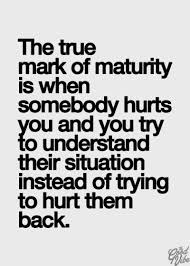Reconciliation USA
The creation of the Mary Hoch Center for Reconciliation has drawn my attention back to this all important subject and led me to think about how we have to apply it to the lasting divisions in the United States, starting with those over race.




